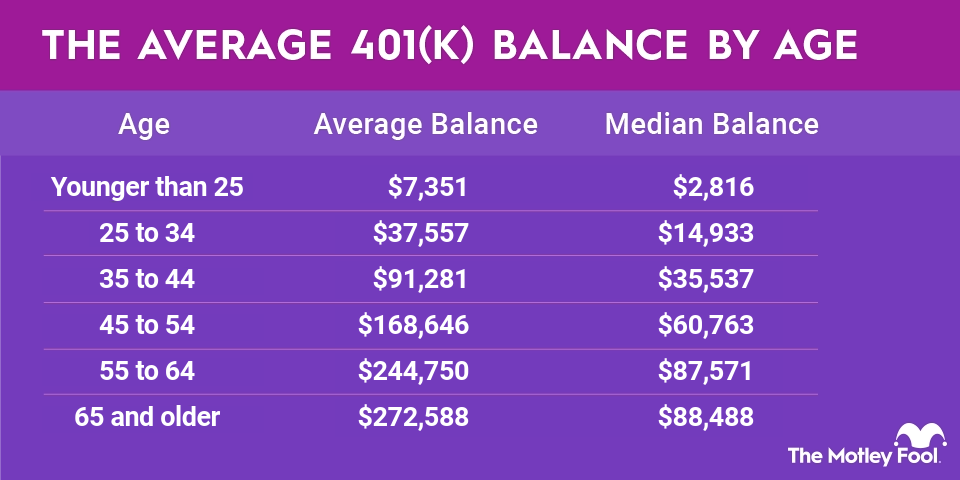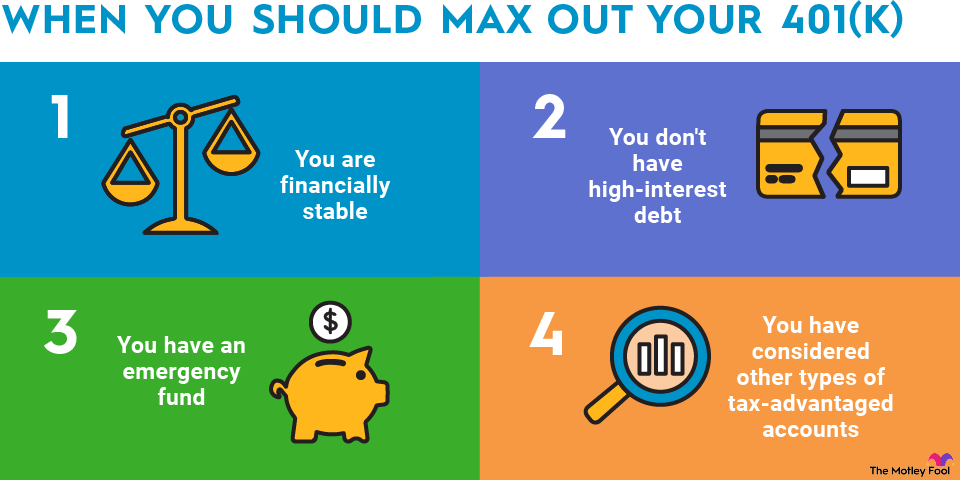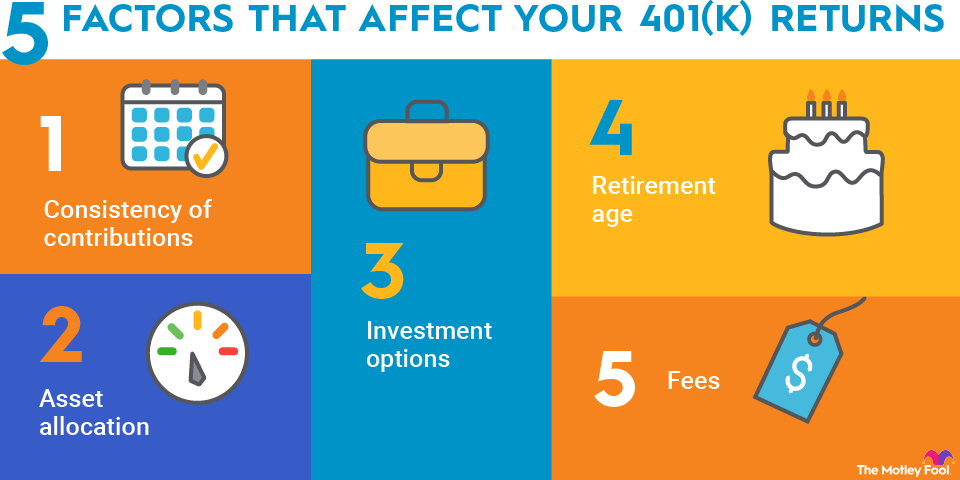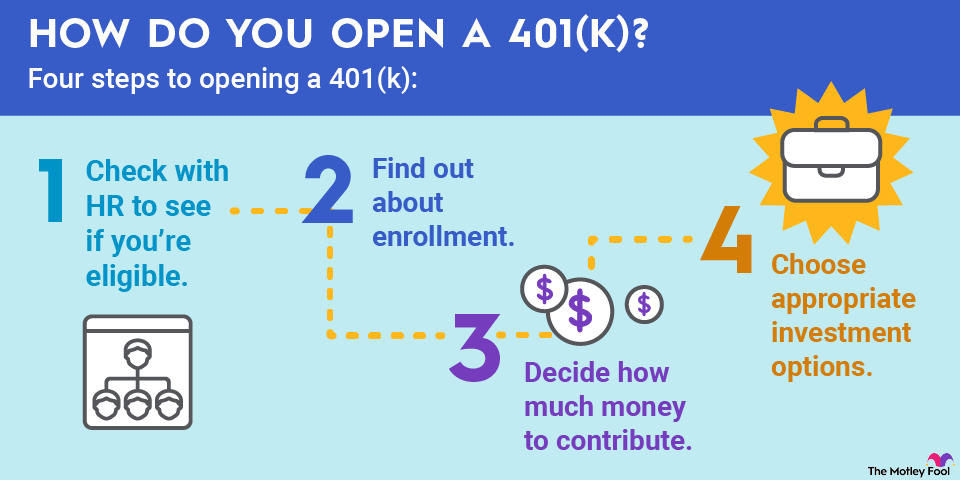Many employers offer their employees a 401(k) plan to help them save for retirement. Since the 401(k) is a qualified plan, it is subject to rules established by the 1974 Employee Retirement Income Security Act (ERISA). One rule places restrictions on income to ensure the plan doesn't unfairly favor higher-wage earners within a company versus lower-wage earners.
These income limit rules won't affect most people, and the impact on those they do affect is minimal and shouldn't detract significantly from their retirement savings strategy.

401(k) income limits
You can contribute to a 401(k) no matter how much you earn. However, the IRS sets limits on the amount of compensation employers can consider when determining their matching contribution.
For 2025, the IRS limits the amount of compensation eligible for 401(k) contributions to $350,000. That will increase to $360,000 in 2026. The IRS adjusts this limit annually based on changes in the cost of living.
It's an important distinction that the limit considers total compensation, which includes employer contributions to a 401(k) plan, not just salary.
That income limit doesn't mean anyone making more than $350,000 in 2025 (or $360,000 in 2026) is ineligible to contribute. It only means any amount of compensation above the limit isn't eligible for contribution.
Employees making more than the limit can still contribute the maximum salary deferral to their employer's 401(k) plan. However, the employer's matching contribution will apply only up to the limit.
For example, if your salary is $500,000, and your employer also offers a 5% match on your 401(k) salary deferrals, you can contribute $23,500 in 2025. Your employer match will only be $17,500, though, instead of the full $25,000, or 5%. That's because it's limited by the $350,000 compensation limit for 2025.
In rare cases, such as poorly written 401(k) plans, employees may find that their own contributions are affected differently by the income restrictions. If the plan states employees can defer salary up until they reach the annual income limit, they won't be able to contribute anything near the end of the year after they surpass that limit. If this is the case with your plan, ask your HR department to revise the plan's wording so that you can make contributions throughout the year. In the meantime, be sure to contribute earlier in the year.
401(k) contribution limits
401(k) plans are also subject to several contribution limits.
First, there's the annual employer salary deferral limit. For 2025, that's $23,500. This will increase to $24,500 in 2026. Employees 50 and older can contribute an additional $7,500 in both 2025 and $8,000 in 2026. Starting in 2025, workers ages 60 to 63 can make a super catch-up contribution that's higher than the standard limit. This is $11,250 in 2025 and 2026.
Next, there's the overall contribution limit, which combines both employer and employee contributions. The 2025 limit is $70,000, $77,500 for employees ages 50 to 59 and 64 and older, and $81,250 for those ages 60 to 63. In 2026, the limits are $72,000 for those under 50, $80,000 for those aged 50 to 59 or 64 or older, and $83,250 for workers aged 60 to 63. Employer contributions are also limited to 25% of an employee's salary.
Highly compensated employees
There are additional contribution restrictions for highly compensated employees as defined by the IRS and your 401(k) plan.
A highly compensated employee (HCE) meets at least one of these qualifications:
- They owned more than 5% of the business sponsoring the plan at any point during the past year. This 5% ownership includes individual holdings, as well as those of immediate family members and grandchildren who work for the company.
- They make more than the annual compensation limit designated by the IRS. The limit is $160,000 in 2025 and 2026. The 401(k) plan may also specify that the individual must be in the top 20% of employees in terms of compensation.
For a plan to remain compliant with ERISA, HCEs cannot contribute more than 2 percentage points more of their salary than non-HCEs on average. So if the average non-HCE contributes only 5%, the HCE group cannot contribute more than 7% of their combined salary.
This can make planning contributions challenging since the limit depends on the contributions and compensation of other employees. And, if you don't contribute in the calendar year, you lose the opportunity to do so, even though you won't find out your actual contribution limit until the early part of the following year.
Related Retirement Topics
The best practice is to contribute up to the standard contribution limit and let the plan administrator determine if you overcontributed. If you did, you'll get your overcontribution returned to you, and you'll owe income taxes on the entire amount -- both the principal and the earnings.
While there are income limitations on how much you can contribute to a 401(k) plan, most investors won't see much of an impact. Still, it's essential to know the rules and what you can do if your plan is unfavorably written to make sure you can get the most out of your employer's 401(k) plan.

















